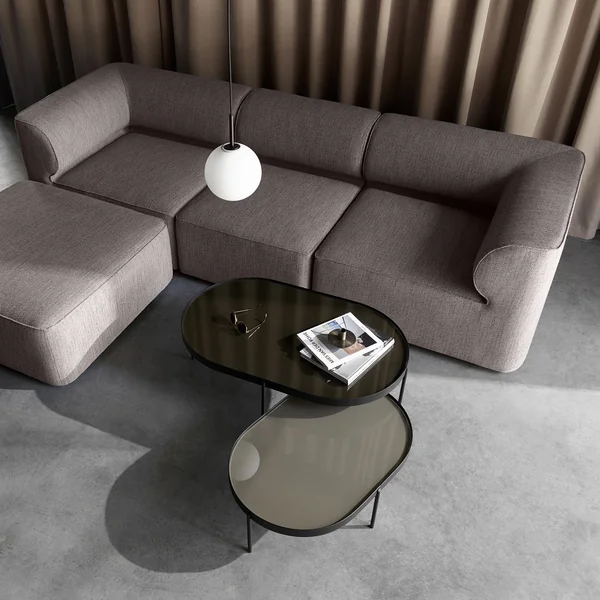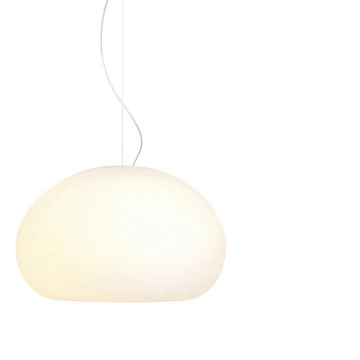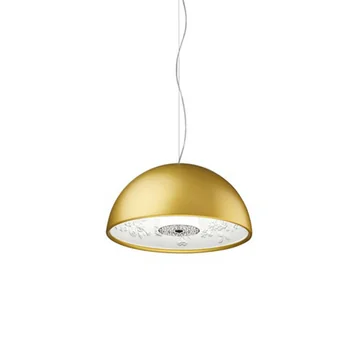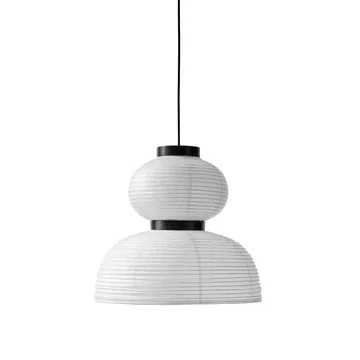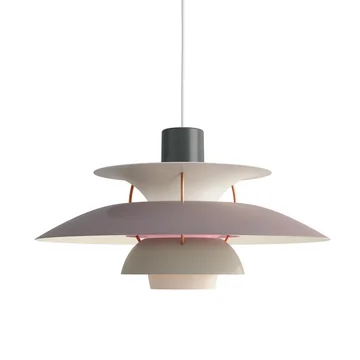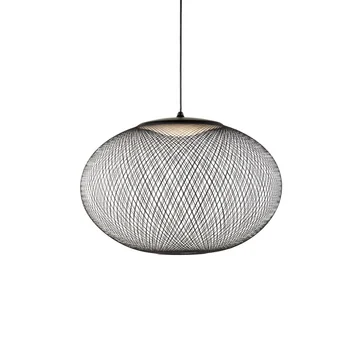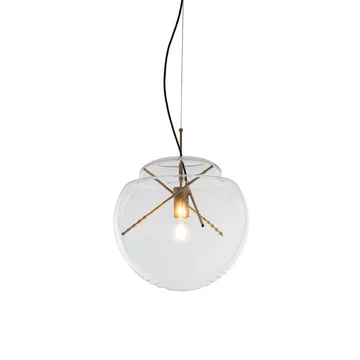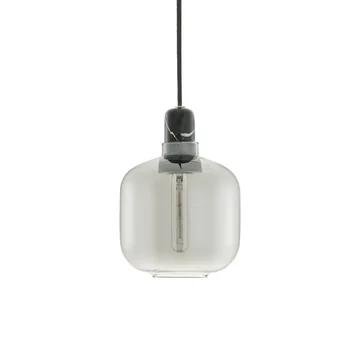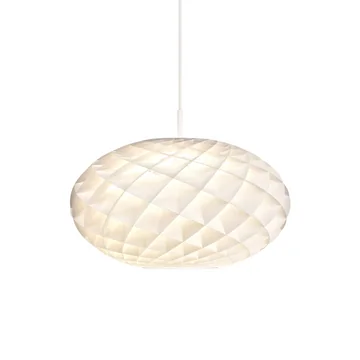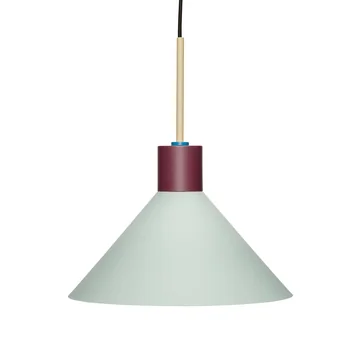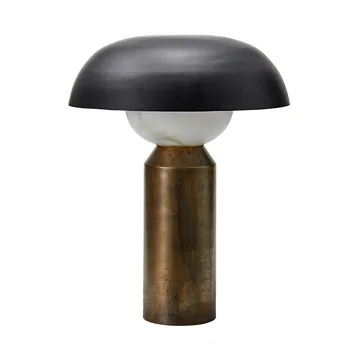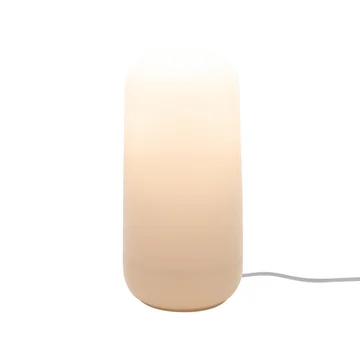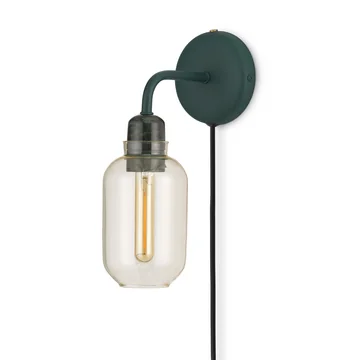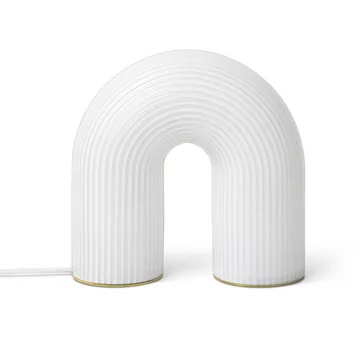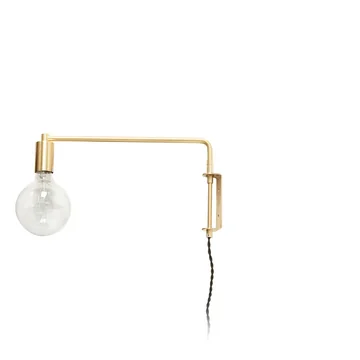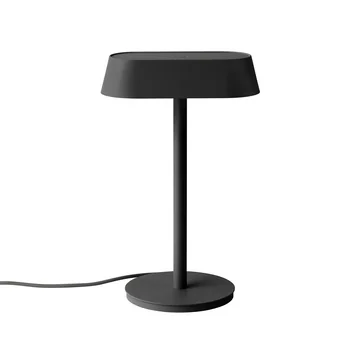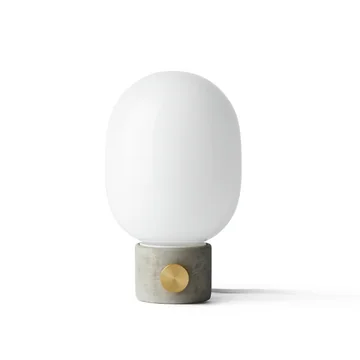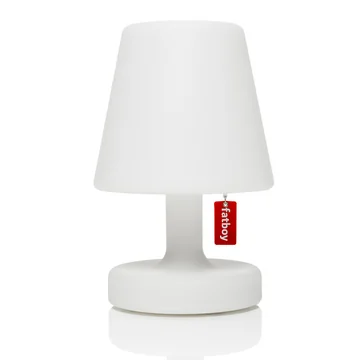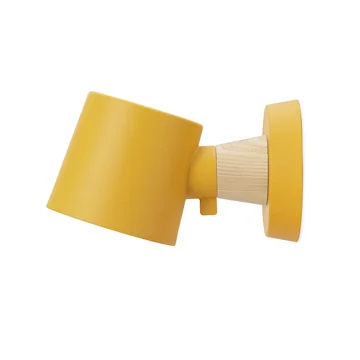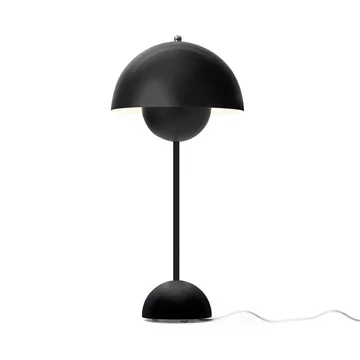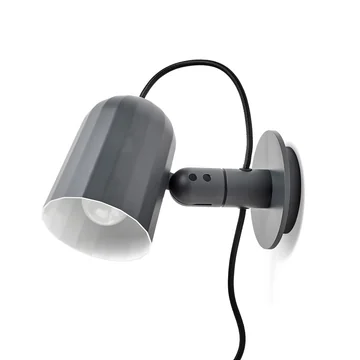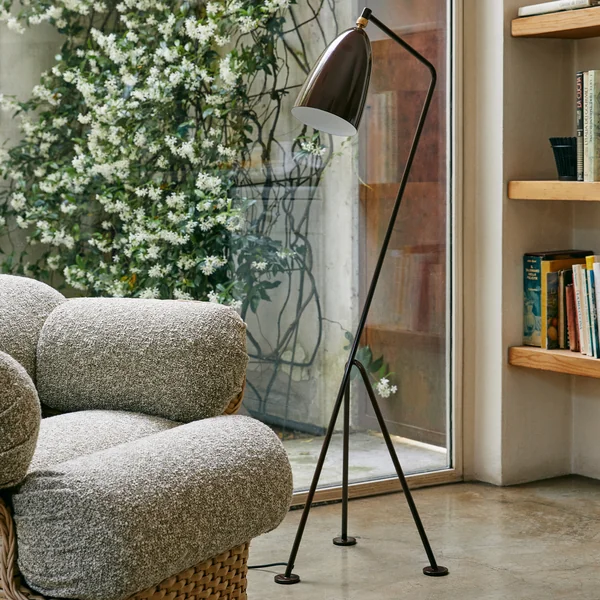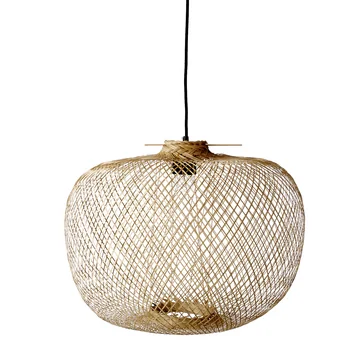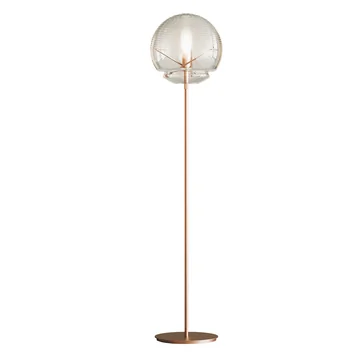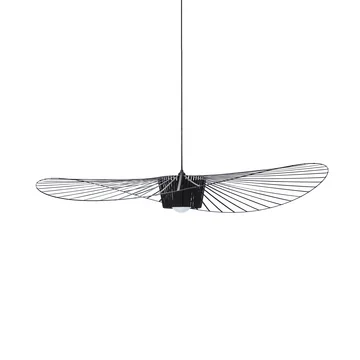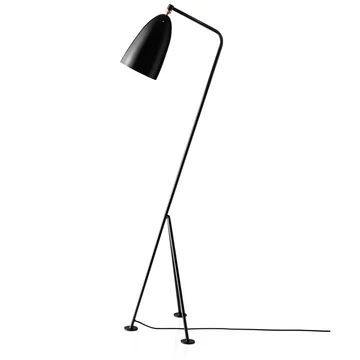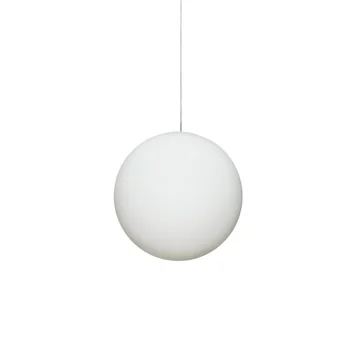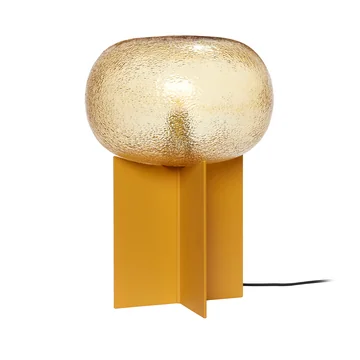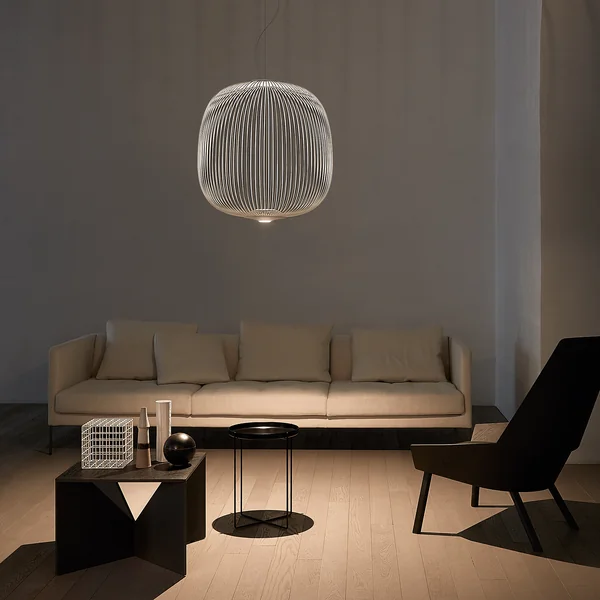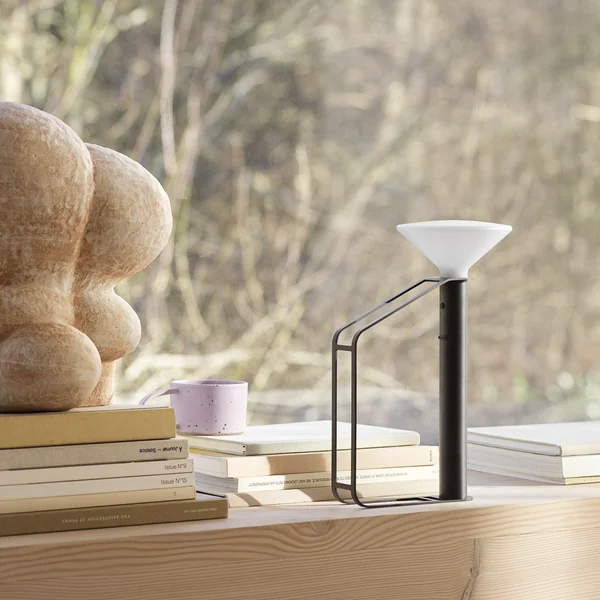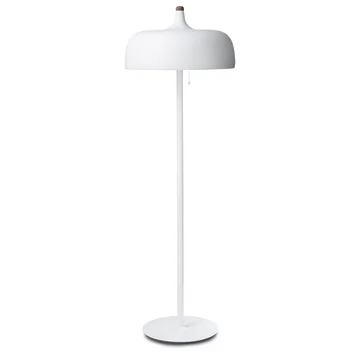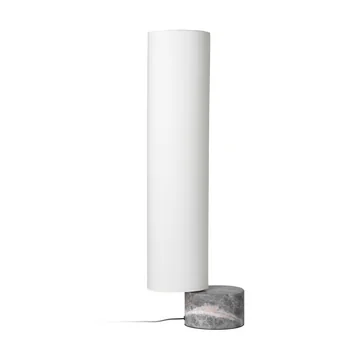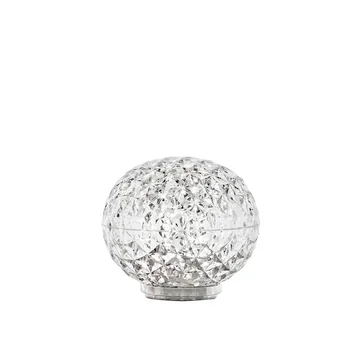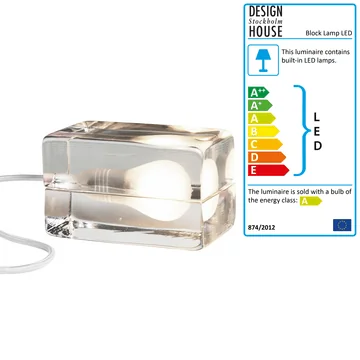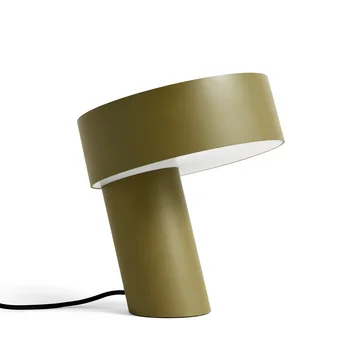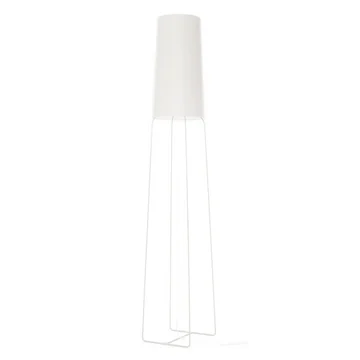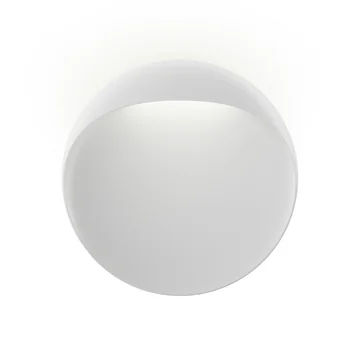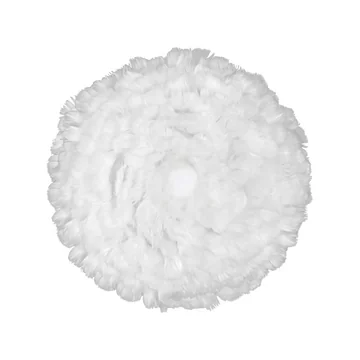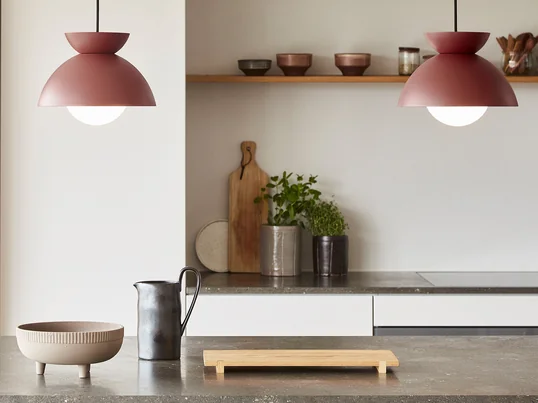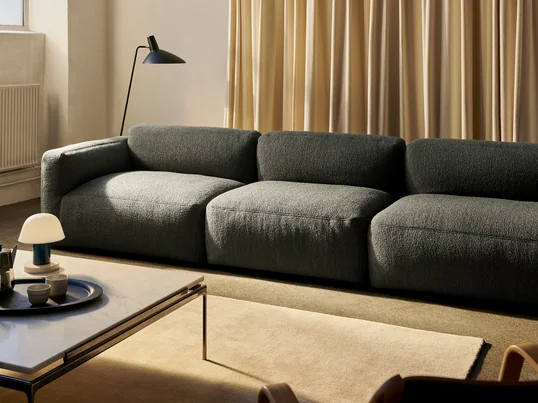Article from the 2023-11-23, of Bianca Speckhan
Living room lighting
How to create an inviting atmosphere with lights
Watching an exciting movie, welcoming friends or comfortably reading a good book - in the living room we want to lean back and relax. With the right lighting, you can create an inviting place to feel good. Which lights you need for this and where to place them, we tell you here.
Here's what you should look for in living room lighting:
- The different areas of the living room
- Lighting design with the right light source
- Indirect lighting in the living room
For those in a hurry, go here to Lighting planning for the living room at a glance .
The different areas of the living room
Different light sources create a comfortable living ambience. A living room of 20 square meters on average should have three to five light sources - depending on the room layout. Planning the lighting in the living room is not difficult. Here you can learn how to put the different areas of the room in the right light.
Living room lighting example:
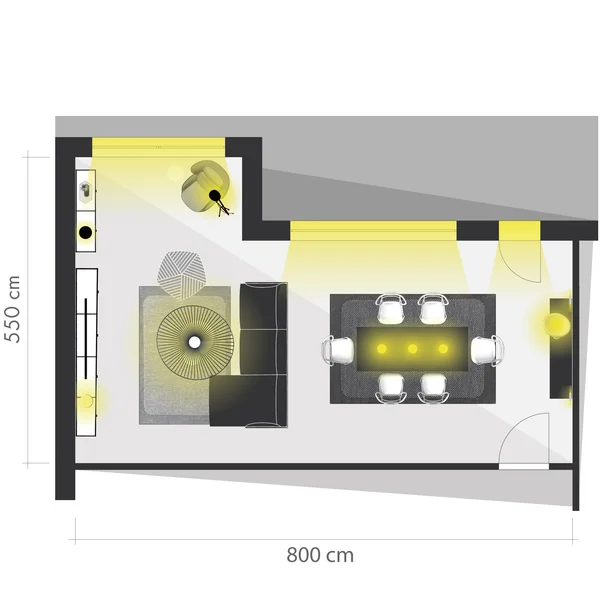
Basic lighting on the living room ceiling
While pendant and ceiling lights reliably illuminate the entire room, you can create uncomfortable shadows at the same time. For this reason, make sure to use a dimmer control to create a soft ambiance. A luminaire with a diffuser additionally diffuses the light and distributes it evenly in the room.
If you choose a pendant lamp , place it above the coffee table. Here it comes into its own and the table prevents you or your guests from banging their heads against the lamp.
Accent lighting for a cozy atmosphere
Multiple light sources add texture and atmosphere to a room and its décor. Table or wall lights are mood setters that conjure up interesting shadow plays with their different designs.
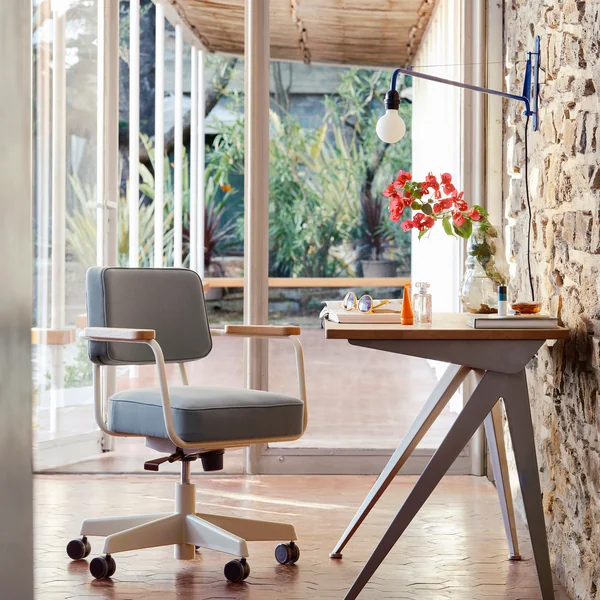
Shine the light on a specific area of your living room to deliberately emphasize it. Pictures and sculptures in particular can be stylishly showcased in this way. Atmospheric light fixtures add another point of light in the room and illuminate sideboards, windowsills and shelves. Make sure that your lights near the TV are dimmable. This will help you avoid annoying reflections on the screen.
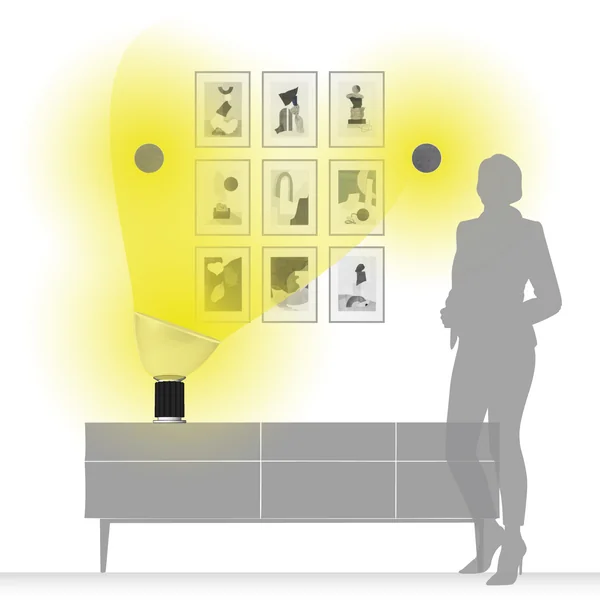
Wall and Table lamp are not only a source of light, but also a decorative element. They are allowed to be more eye-catching.
 "Small living areas can be visually enlarged with various points of light, especially if in the process the white ceiling or other bright room elements are illuminated with a diffuse light and serve as a reflection surface." - Viktoria, interior design expert
"Small living areas can be visually enlarged with various points of light, especially if in the process the white ceiling or other bright room elements are illuminated with a diffuse light and serve as a reflection surface." - Viktoria, interior design expert
Reading corner with focused light
A floor lamp provides ample light for reading. With giftable frame and flexible joints, you can direct the lamp individually. A lampshade open at the bottom concentrates the light and focuses it in the direction of the book.
Look for a dimmer control so you can vary the light intensity depending on the time of day and your needs. Avoid strong light contrasts for strenuous visual tasks: In addition to the reading light, there should be sufficient basic brightness so that your eyes do not tire.
Atmospheric light for the dining area
Separate your dining area visually from the living room by hanging a pendant luminaire above your table. In this way, you will not only create sufficient light, but also a cozy ambience during dinner.
Mount the lamp so that it hangs about 60 to 70 centimeters above the dining table. At this height, the light spreads optimally over the table without dazzling.
Choose the right illuminant
Basic lighting power in lumens
The unit of measurement lumen (lm) measures the luminous flux and thus the value for the brightness of a light source. Unlike in the kitchen and bathroom, you don't need quite as much light in the living room. For basic lighting in the living room, experts recommend 100 lumens per square meter.
Complete the lighting design of your living room with additional luminaires such as table lamps, indirect wall lighting or floor lamps.
The right light color for your living room
Whether the light of an illuminant is yellowish-warm or bluish-cool is described by the unit Kelvin (K). A distinction is made between three ranges:
While a light color above 300 Kelvin promotes concentration, color temperatures up to 300 Kelvin have a relaxing effect. Luminaires with up to 300 Kelvin shine like old-fashioned incandescent lamps and are reminiscent of the warm light in the evening hours.
Color temperature, unlike luminous flux, is primarily a matter of taste. A living room can also be illuminated with neutral white light. Especially for the reading corner, a lamp in the higher Kelvin range is recommended.
LED lighting in the living room
When choosing the right bulb for your living room lighting, think about the environment and your wallet. To begin with, you will have to dig deeper into your pocket to illuminate your living room with LED lights. However, due to the long durability and lower electricity costs, you will quickly get out the extra cost.
The modern light sources are available in various light intensities and light colors, so that you are in no way inferior to the warm light of the classic incandescent lamp. From LED pendant lights, LED ceiling lights to LED wall lights you have a wide choice of different lamp models.
Indirect lighting in the living room
Lighting in the living room with indirect light provides a pleasantly uniform illumination of the room. In addition to recessed lights and LED strips, there are many different lights with which you can indirectly illuminate your living room - without any manual effort.
Ceiling lights from Flos, for example, refract the light with special mounting plates and thus reflect geometric patterns onto the ceiling. Ceiling spotlights are also suitable for indirect lighting in the living room. The floor lamps illuminate the ceiling from below, causing it to reflect the light back into the room. Another plus: illuminated ceilings look higher.
Lighting design for the living room at a glance:
Look for
- three to five light sources for an average of 20 square meters
- 100 lumens per square meter for basic lighting
- diffuse, indirect light for coziness, direct light for reading
- avoid brightness contrasts
- warm white light for a relaxed atmosphere in the living room
- Dimmers adjust the light intensity as desired
- Orient lighting direction to the most frequent line of sight to avoid glare
- energy-saving and cost-efficient light sources, for example LEDs.

 5. 3. 3.
5. 3. 3.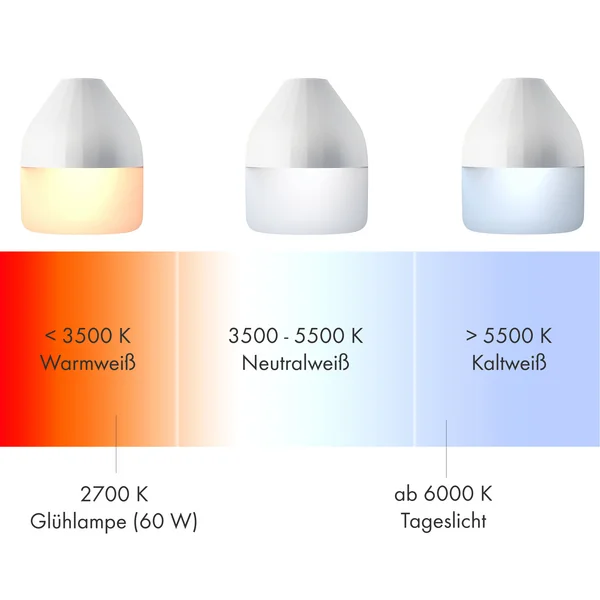
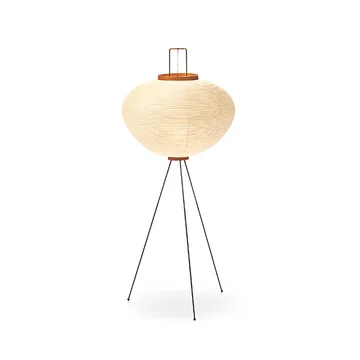 Our recommendations for you:Floor lamps
Our recommendations for you:Floor lamps
YouTube video - lighting in the living room
Watching an exciting movie, welcoming friends or comfortably reading a good book - in the living room we want to sit back and relax. With the right lighting you create an inviting place to feel good.
